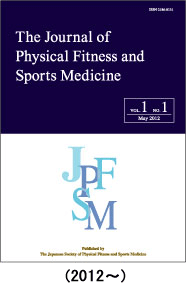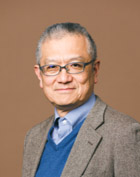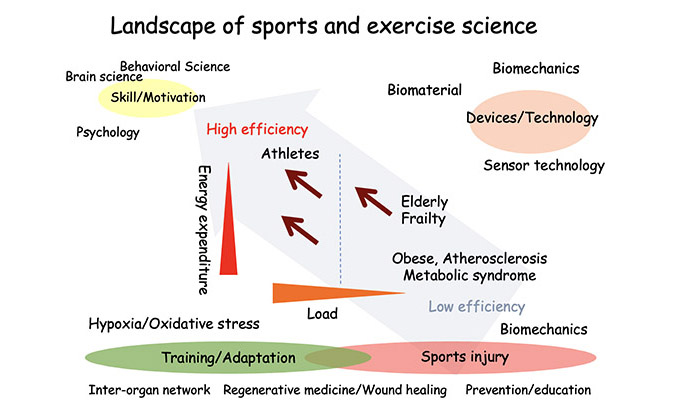Japanese Society of Physical Fitness and Sports Medicine
Ryoichi Nagatomi MD & PhD
The president of the Japanese Society of Physical Fitness and Sports Medicine
Journal [The Journal of Physical Fitness and Sports Medicine(JPFSM)]

PRINT:ISSN 2186-8131
Ethics and Conflict of Interest (COI)
- Basic Policy Concerning Physical Fitness and Sports Medicine Research
- Informed Consent Declaration by the Japanese Society of Physical Fitness and Sports Medicine
- Declaration of Human Rights by the Japanese Society of Physical Fitness and Sports Medicine Ethics Committee
- Declaration of Animal Rights by the Japanese Society of Physical Fitness and Sports Medicine
- Guidelines for Conflicts of Interest (COI) in Execution of Operations by the Japanese Society of Physical Fitness and Sports Medicine
Guidelines on Reporting a Conflict of Interest (COI), Japanese Society of Physical Fitness and Sports Medicine
<Download>
- (Form 1)
Declaration of Conflict of Interest by Self-report


- (Form 2)
Japanese Society of Physical Fitness and Sports Medicine Presentations at annual meetings/regional meetings:Declaration of Conflict of Interest by Self-report


- (Form 3)
Self-report on conflicts of interest by BOD members and Committee members


Contact us
- Office
- 4F,5-3-13 Otsuka, Bunkyo-ku,
Tokyo 112-0012, Japan
E-mail: jspfsm@asas-mail.jp - Editorial Office
- 1-1 Doai Oyodogawa, Tsuruoka,
Yamagata 997-0854, Japan
E-mail: hj-tairyoku@turuin.co.jp





